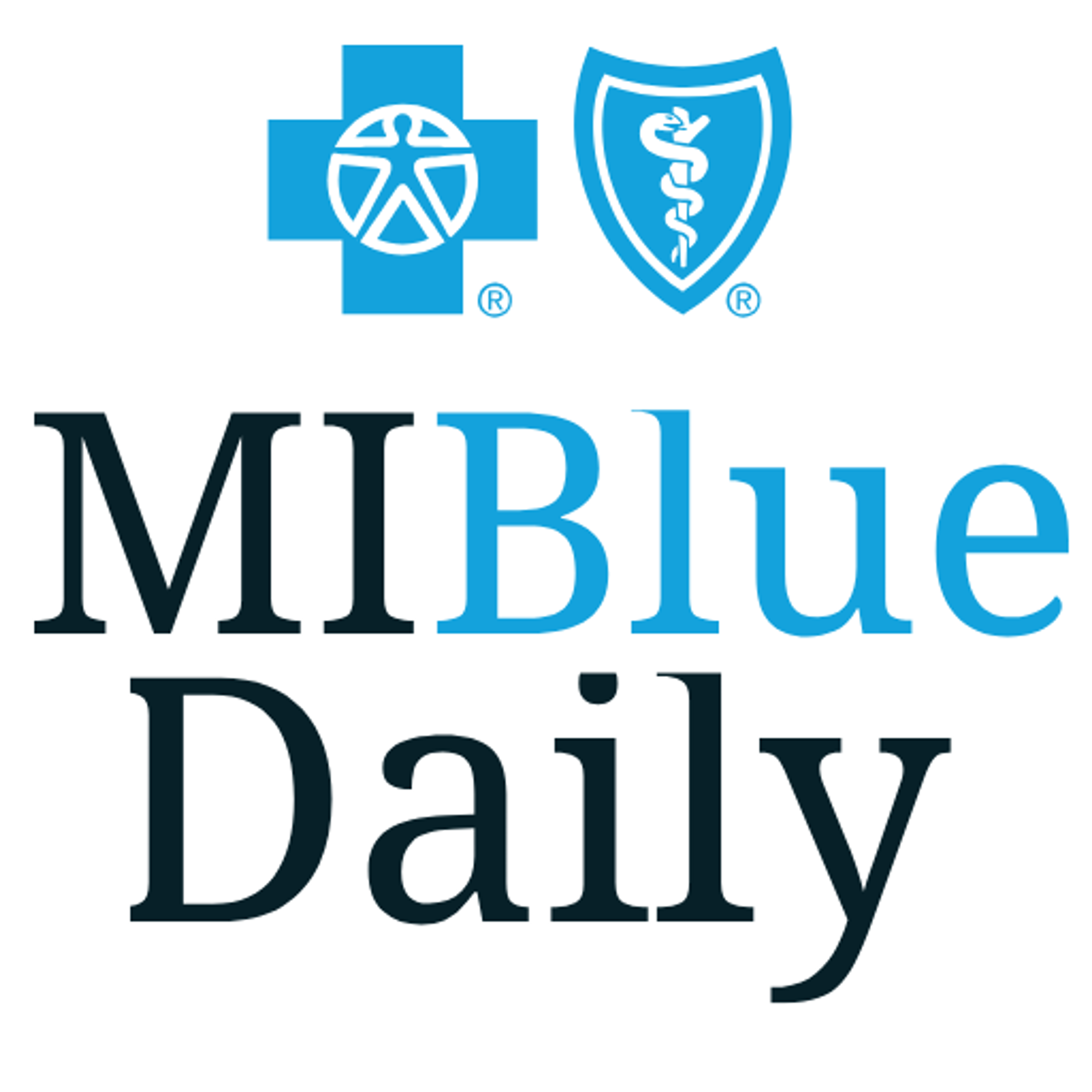5 Things You Can Learn More About to Make Better Health Decisions

Blue Daily
| 4 min read

Most adults – nearly nine out of 10 – have difficulty understanding and using routine health information, according to the Centers for Disease Control and Prevention (CDC).
This means most of us struggle with health literacy, which is the ability to identify, evaluate and understand health information, and apply that knowledge to make informed choices for your health care.
What is health literacy?
With better health literacy, you are better able to recognize uncredible sources and health claims that are too good to be true. With better health literacy, you may identify health information that uses reliable medical research rather than opinions and surveys passed off as research.
Having limited health literacy can negatively impact your health. Unfamiliar medical or health insurance terms can pose a barrier to seeking out health care at the right time in the right place, which can lead to delayed treatment, worsening conditions and unintended costs.
Strengthening your health literacy helps you better manage your health and your health costs, and taking time to understand the basics of your health care plan, as well as tools and resources available to you, can put you on the right track to becoming more health literate.
Here are five ways to boost your health care knowledge:
1. Understand the language of your health care plan.
When you understand health plan terminology and benefits, you can use your coverage more efficiently and better avoid uncovered costs. To know what you’re paying for as a consumer, you should know the financial terms that make up your plan. What’s your premium? What happens when you hit your deductible? Here’s a helpful guide that spells it all out for you— from your premium and deductible to your copay, coinsurance and out-of-pocket maximum:
If you see the acronyms “HMO” and “PPO” and don’t know what that means, here’s an easy explainer on the difference. HMO (health maintenance organization) and PPO (preferred provider organization) are the two main types of health insurance that you can choose from.
2. Know where to go for health care services, and when.
With stronger health literacy, you are better able to discern where to go for different types of care, such as primary care vs. the emergency room. Getting the most appropriate care in the most appropriate setting saves you time and money.
The difference between a visit to your primary doctor, an urgent care or emergency room visit is important to know before you fall ill or injured.
Your primary doctor knows your background and has your medical records. In the case of most small injuries or illness, this is the best place to go, as many primary care providers offer day-of sick appointments. If you’re unable to see your primary doctor, urgent care can be a second alternative, often offering walk-in service at extended hours. Emergency room visits should be reserved for serious or life-threatening circumstances.
3. Learn how to use a health savings account.
Health savings accounts (HSAs) are like personal bank accounts dedicated to your health. An HSA is a tax-advantaged savings account that lets you set money aside to pay for qualified medical expenses.
With an HSA, you’ll have lower premiums, comprehensive benefits, and access to an extensive network of doctors and hospitals. You can use the money saved in your HSA to pay for everything from medical, dental and vision care to your deductible and certain over-the-counter medications.
The same way you’d set aside money for your children’s college tuition, a family vacation, or a new car, you should consider doing the same for health care expenses. Learn more about how a health savings account (HSA) can help you manage costs and save money:
4. Learn the difference between health care professionals.
Whether it’s a primary care doctor or a mental health professional, there are many different types of health care providers.
Here is an explainer to get you started:
5. Find out how to learn more about your specific health care plan.
Blue Cross Blue Shield of Michigan and Blue Care Network members can find in-network providers, as well as benefit and coverage details, by logging in to their member account at bcbsm.com. Members can also manage their claims, view their deductibles and use their mobile ID card through the BCBSM mobile app.
Remember, a major component to improving health literacy is asking questions. Whether that be with employees at your insurance company who can help you navigate your coverage or doctors and other health care specialists tasked with overseeing your health, when you feel comfortable asking questions, you will get more personalized information which helps you make more informed decisions.
Related:
Photo credit: Getty Images





